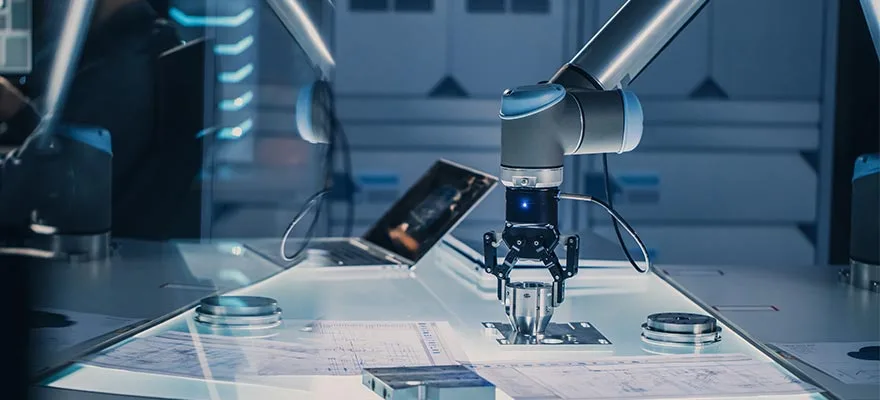Senate Blocks Restoration Of Expensing R&E Costs Under IRC Section 174
Taxation News
August 7, 2024

On August 1, the U.S. Senate held a crucial vote concerning the amortization of expenses under Section 174 of the Internal Revenue Code (IRC). This section, which pertains to the deductibility of research and experimental (R&E) expenditures, is a significant consideration for businesses, particularly those in industries driven by innovation and research.
Understanding Section 174
IRC Section 174 allows businesses to deduct R&E expenses from their taxable income. These expenses are typically related to the development of new products, processes, or software, and include costs like wages, supplies, and certain overhead expenses directly related to R&E activities. For decades, companies had the option to either deduct these costs in the year they were incurred or to amortize them over a period of 60 months or more.
Changes Introduced in the Tax Cuts and Jobs Act (TCJA)
The Tax Cuts and Jobs Act (TCJA) of 2017 brought significant changes to Section 174, effective for tax years beginning after December 31, 2021. Under the TCJA, businesses were no longer allowed to fully expense their R&E costs in the year they were incurred. Instead, they were required to amortize these expenses over a five-year period (or 15 years for foreign research). This change was intended to increase taxable income in the short term, thereby generating additional revenue for the federal government.
However, this shift sparked concern among businesses, particularly those in research-intensive sectors like pharmaceuticals, technology, and manufacturing, as it could reduce cash flow and impact their ability to invest in future R&D activities.
The Senate Vote: A Critical Moment
In response to widespread concerns, the Senate recently voted on a proposal to amend or delay the mandatory amortization requirement for Section 174 expenses. The vote reflected intense lobbying efforts by various industry groups and companies, who argued that the amortization requirement would stifle innovation and put U.S. businesses at a competitive disadvantage globally.
Key Outcomes and Implications
The outcome of the Senate vote has significant implications for businesses:
- **Immediate Financial Impact**: If the Senate had voted to overturn or delay the amortization requirement, businesses would have retained the ability to fully deduct their R&E expenses in the year they were incurred, providing immediate tax relief, and improving cash flow.
- **Long-Term Considerations**: A decision to maintain the amortization requirement would necessitate changes in financial planning for many companies. Businesses would need to adjust their budgeting and investment strategies to account for the slower tax deduction of R&E expenses.
- **Global Competitiveness**: The decision also has broader implications for the global competitiveness of U.S. companies. Full expensing of R&E costs is often seen as a policy that encourages innovation. Countries with more favorable tax treatment of R&D activities may attract more investment if the U.S. maintains the amortization requirement.
- **Future Legislative Efforts**: Regardless of the outcome, this vote is likely not the end of the debate. The business community and policymakers may continue to push for further changes or clarifications regarding Section 174, especially as the economic landscape evolves.
Conclusion
The Senate's decision on the amortization of IRC Section 174 expenses is a pivotal moment for many U.S. businesses. It highlights the ongoing tension between tax policy and the need to foster innovation and economic growth. As companies navigate the outcome, they will need to remain agile and proactive in their tax planning strategies to optimize their financial positions in light of these evolving tax laws.
